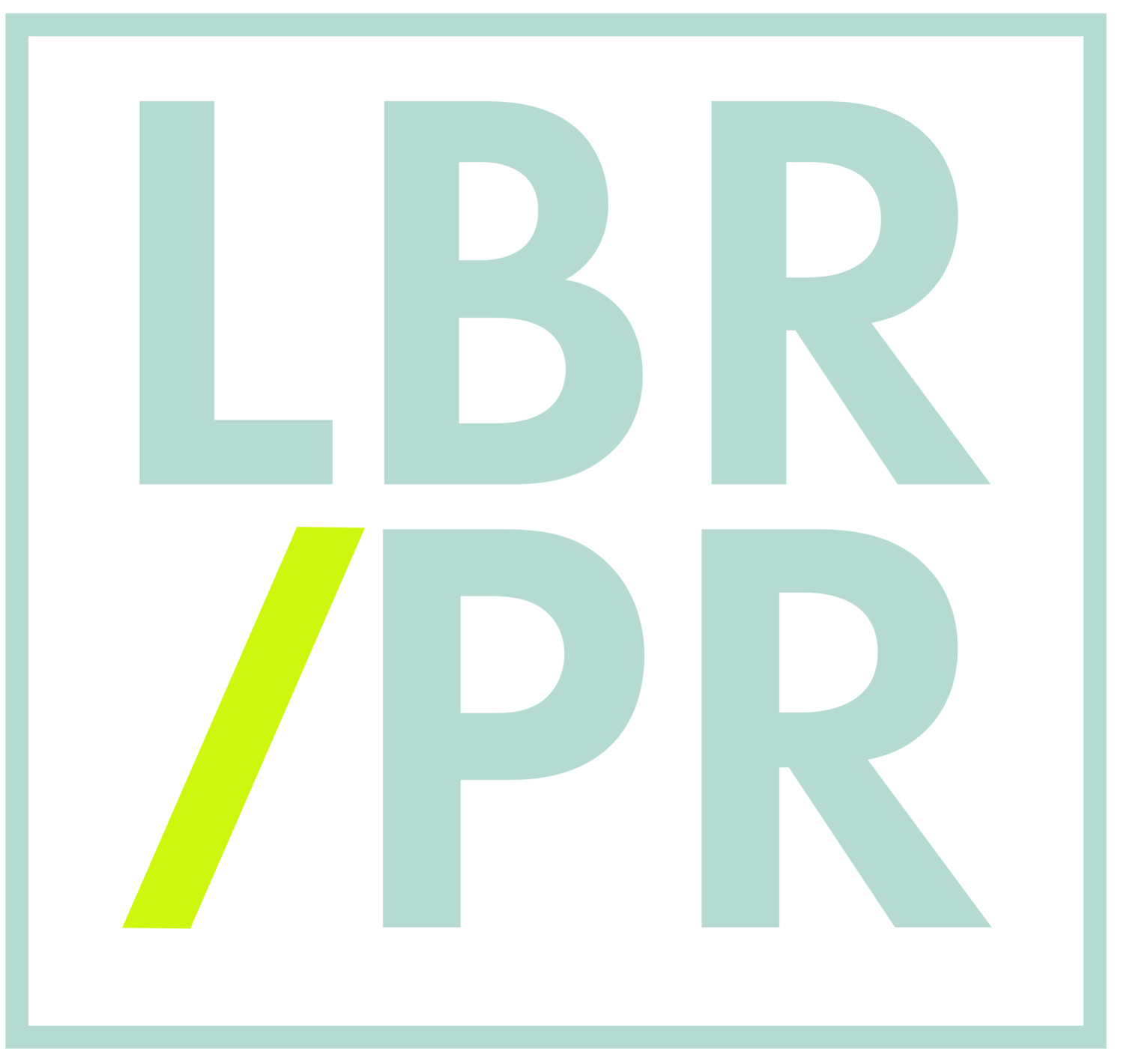Am I ready for Pr?
Let’s assume PR is right for your business. The next question is readiness. Beyond strategy, there are a few basics that decide whether you and your PR partner can do real work together. First up is the most important one:
Do you have an audience in mind?
If everyone is your audience, no one is. Clarity here sets the entire campaign. A program built to reach referral partners who are trust and estate attorneys will not look anything like a program built for a family law firm courting high-net-worth clients with complex divorces. Different readers, different outlets, different messages, different proof.
Be specific. Who are you trying to reach? Where do they look for trusted sources? What do they need to hear to move forward through that “know, like, trust” sales funnel on the path to purchase? If you can’t answer those questions with clarity, we risk winning the wrong attention and sending you back to square one. Define the audience first, then we can design the campaign to meet them where they already are.
Have you defined what you want to be known for?
If your headline reads “we are one of many _________ providers in New York City,” you’re not ready. Your brand or business needs a clear stake in the ground.
Are you the medical spa that leads with the newest, most innovative anti-aging tech? Or the wellness center known for the most luxurious experience? Or the day spa that delivers the best value?
Each choice is a different promise, a different buyer and a different campaign. It sets the outlets we pitch, the expertise we offer, the proof we surface and the language we repeat until it sticks. You don’t need every detail locked, but you do need direction. A simple test is to finish this sentence in one breath: “We want to be known as the [specific position] for [specific audience] because [proof you can show].”
Have you allocated time, money and resources?
The next filter is simple. Do you have the time, money and resources to make a campaign work? You need a budget - whether that’s for a freelancer, a done-with-you program like LBR/PR in a Box or a white-glove retainer-level model. This will also help narrow your search for the right partner… but more on that later.
You also need time, because a strategic PR campaign doesn’t happen in a vacuum. We need real facetime with a founder, a CMO or a clear point person so we can see what’s coming, shape angles and move fast. You and your team will need time to react to the press too, whether that’s sharing images for a gift guide, recording a podcast, approving a quote or answering a follow-up question.
What resources can you allocate to making a PR engagement a success? Do you have a clear internal point person who can unblock assets and keep information moving? Who will deploy the coverage on your website, in sales decks, via email and social? If these gaps exist, it’s important to recognize them and communicate them to a potential PR partner who may be able to serve these needs or suggest resources, workflows or other partners. A successful campaign is about results, but it’s also about merchandising those wins for even greater impact.
Have you set realistic expectations?
PR isn’t a switch you flip or a campaign you “run” like ads or email marketing. It’s a long game and it is a momentum game. You earn attention by being useful, sharing real expertise, data or products that help a reporter do their job - and doing it consistently. Your messages also have to line up with what the press is actually covering. In any PR program, the media is your first client. Serve them well and the results follow.
There are no guarantees. An interview, a product sample or a contributed quote doesn’t always make the final cut. That’s the nature of earned media. The authority you’re after sits above the sales funnel; it shapes perception so sales and marketing work better underneath it. You get back what you put in.

